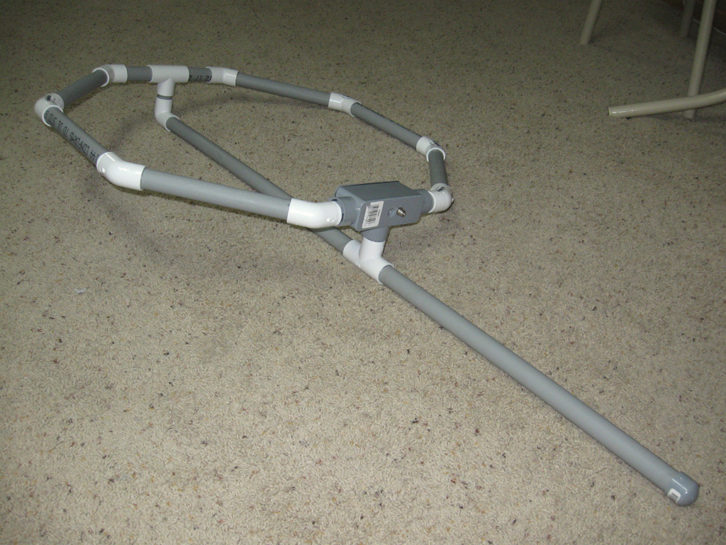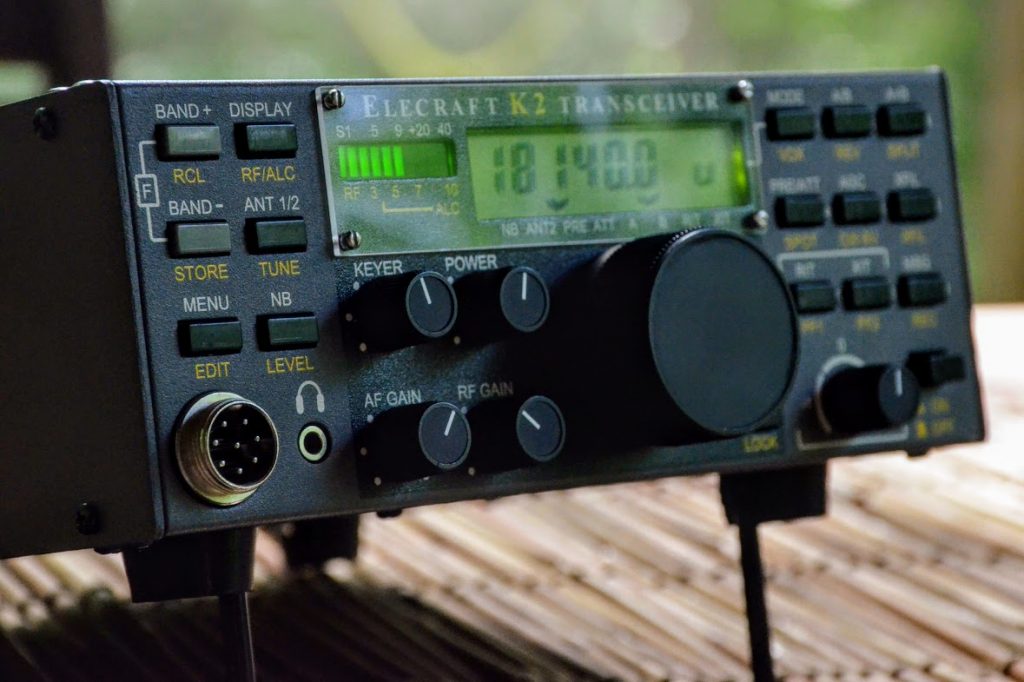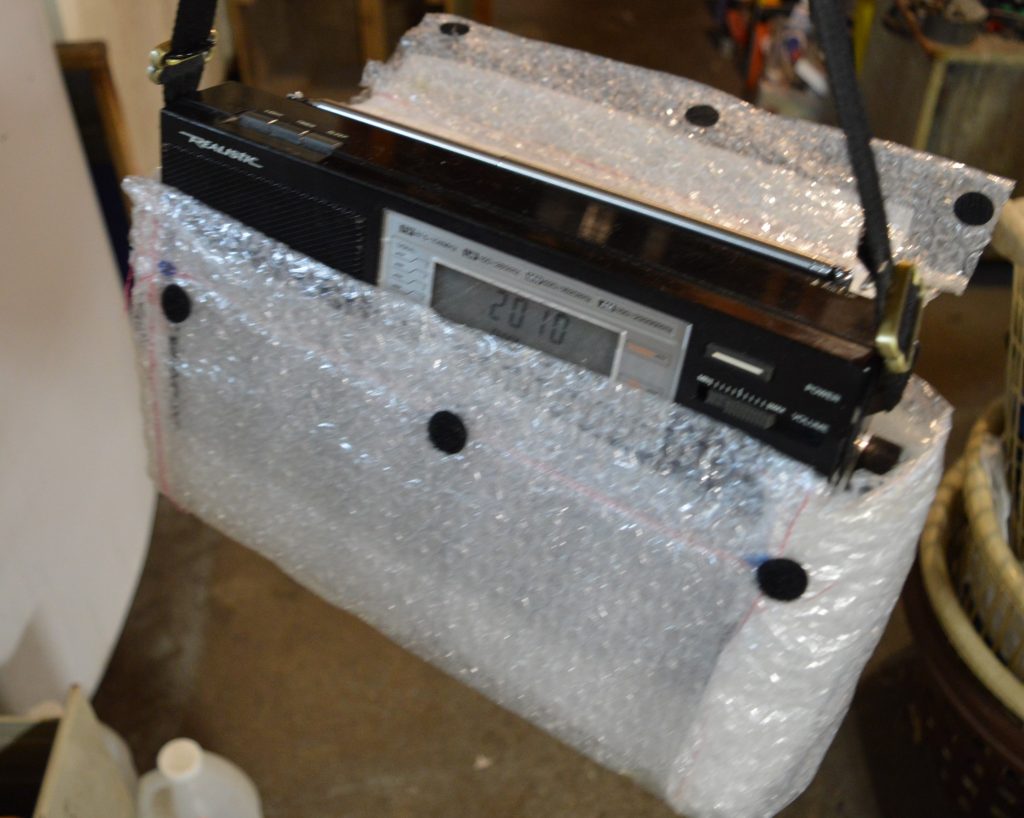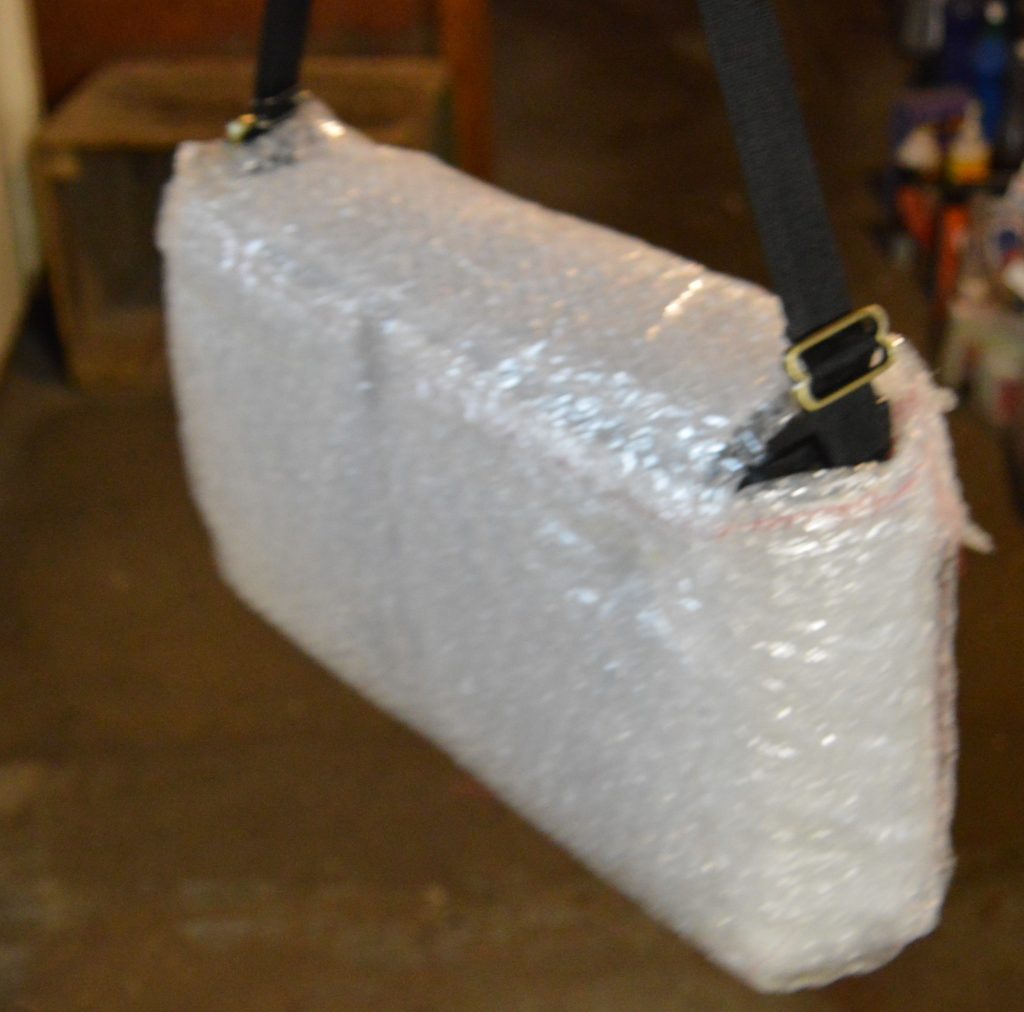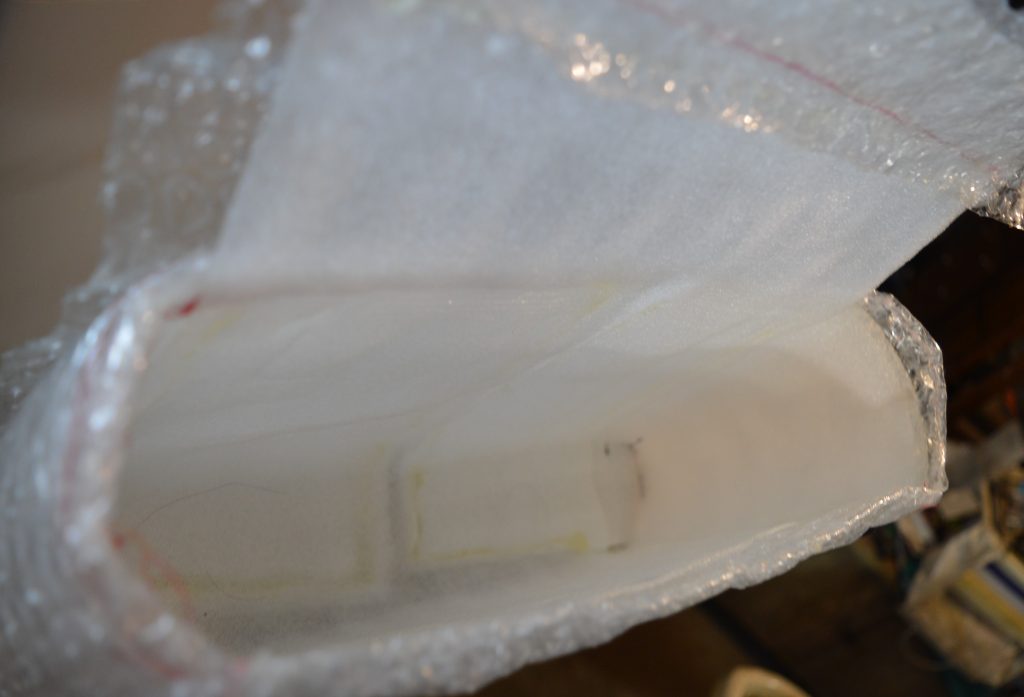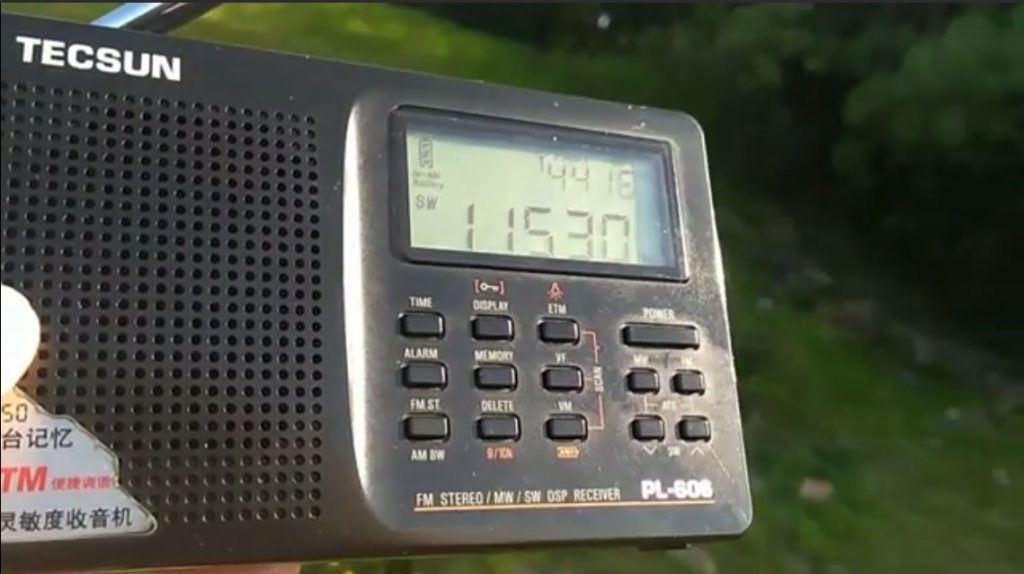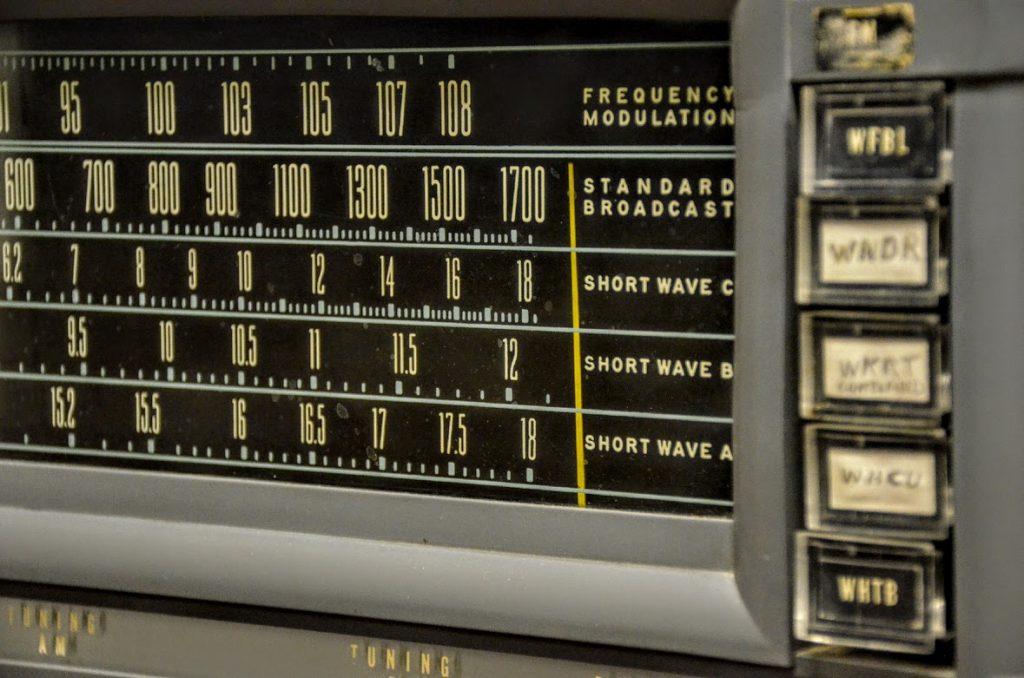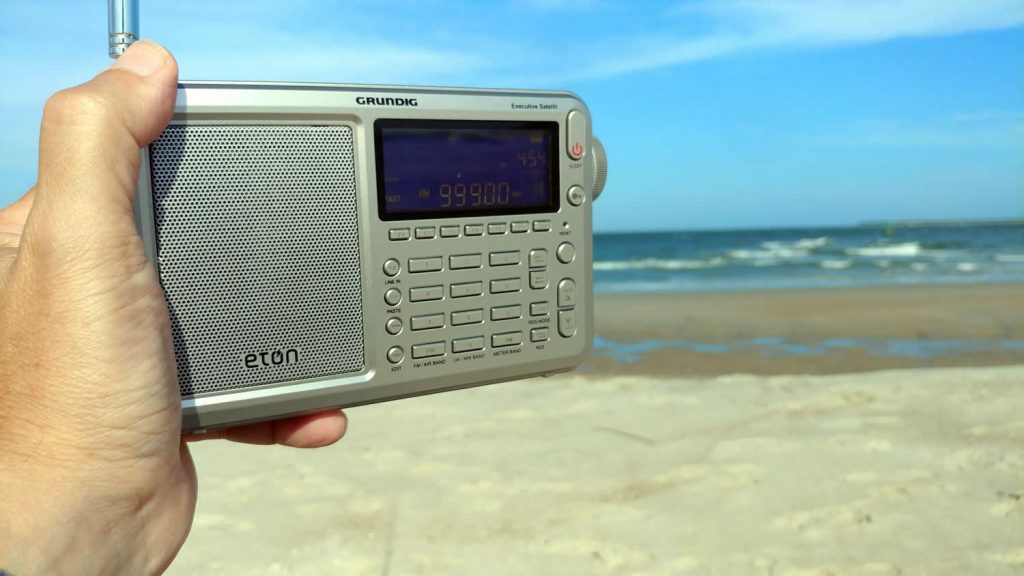
Many thanks to SWLing Post contributor, Jack Kratoville, who writes:
I was once big into Grundig; I owned the YB-400PE, 550, Traveller II, Mini, finally settling on the G5 as one of my favorite radios. I looked at the G3 and probably got a bad one – sold it on eBay. When the G2 “Reporter” went on sale, $35 closeout at RS, I grabbed it. The worst radio I ever owned, so bad I returned it. A radio that had sold for $150, down to $35, and I still wanted my money back. I moved on to Tecsun and C Crane.
Recently, a friend in eastern NC had the Executive Satellit (silver) and had no use for it. I took it to the backyard, then to Atlantic Beach and was very impressed. This receiver was hitting all the right user buttons for me. I was reminded of what the G3 should have been, a decent upgrade to the G5. Aside from solid performance on all bands, the Executive Satellit provides better dial info (no big fan of orange display that goes poof when off), analog volume, decent speaker (second only to the Digitech AR1780) Sync & SSB, plus very quick scanning. And… a Line In/Out! I’m thinking here’s most likely the last of the Grundig (and Satellit) lineage and they finally hit a home run!
Well here’s where I’m reminded of how weird radios from Eton can be. I like bringing along my mp3 player for when I’m bored of band scanning. I have a JBL Flip 4, but now here was a single unit that could cover all the bases for me on a quick trip. I activated the Line In, plugged in my Sansa Sport and knew right away one of the stereo channels was missing. I looked up the manual and it said the Line In was 3.5mm stereo. I called Eton. Unfortunately, the service department (I remember Walter, who knew more about those radios than most) no longer exists. The woman I spoke to tried to explain there was only the mono speaker and after as simple an explanation I could manage, she said she would get back to me.
In a few days, she did and said, after consulting a colleague, I was right. The jack is stereo, but only produces the right channel. I wrote back saying “I felt this was a serious design flaw and why in the world would anyone design a radio like this?” I figured that was the end of our email exchange, but then I received the following:
———-
Jack,
My colleague tells me that the reason the implementation was done this way is that the internal speaker amplifier, which is also shared as the output driver for the headphones is set up as a stereo-in / stereo out configuration. This works well for the line input to headphone output scenario as both L & R channels are separated within their respective connectors. Since this internal speaker amplifier’s outputs are shared between the mono internal speaker and the stereo line output jack the summation of the signal for that mono speaker would result in the summation for the line output jack as well. While this would be OK, a L + R mix for the internal speaker it would cause the user to also have a L + R mix for the line output for both line input and radio applications. In order to maintain the stereo line output for the radio signals we cannot sum the two channels together at the output of the amplifier. The only way to fix this would be to add a summing op-amp on the line input side or summing speaker amplifier on the output side, neither of which were chosen by the designer due to board space, power consumption and cost consequences. A more simple “dirty” way to sum the input would be to buy a short 1/8″ female to 1/8″ male cable, cut that cable open in the center and then short the L & R signals together and place it in-line between the source device and the analog line input on the Satellit. This is not ideal but would work to crudely mix both L & R input signals together.
We apologize that we do not have a more elegant solution for this product.
Regards,
Eton
————–
Wow! I thanked her graciously for a full and detailed answer.
So now I attempt quick fixes like stereo to mono to stereo adapters and it overloads the input. I can turn down the source, but I lose a lot of volume. (And trying to compensate with the radio’s volume is not a viable solution.) I’m also not one to open up this unit with soldering gun at the ready.
Therefore, to those with far greater knowledge, understanding and electronically more inclined – is there a way to create a cord that would give me L+R at proper line-in volume/level? (Rerecording over 5,000 songs to mono would be a real pain.)
Thanks in- advance for any suggestions – and kudos to Eton for providing above and beyond standard customer service.
Thank you for sharing your Eton customer support experience, Jack. That was indeed a thorough and sincere reply! I’m hoping someone in the community here can help you with ideas for a patch cable/adapter.
If you can help Jack, please comment!

